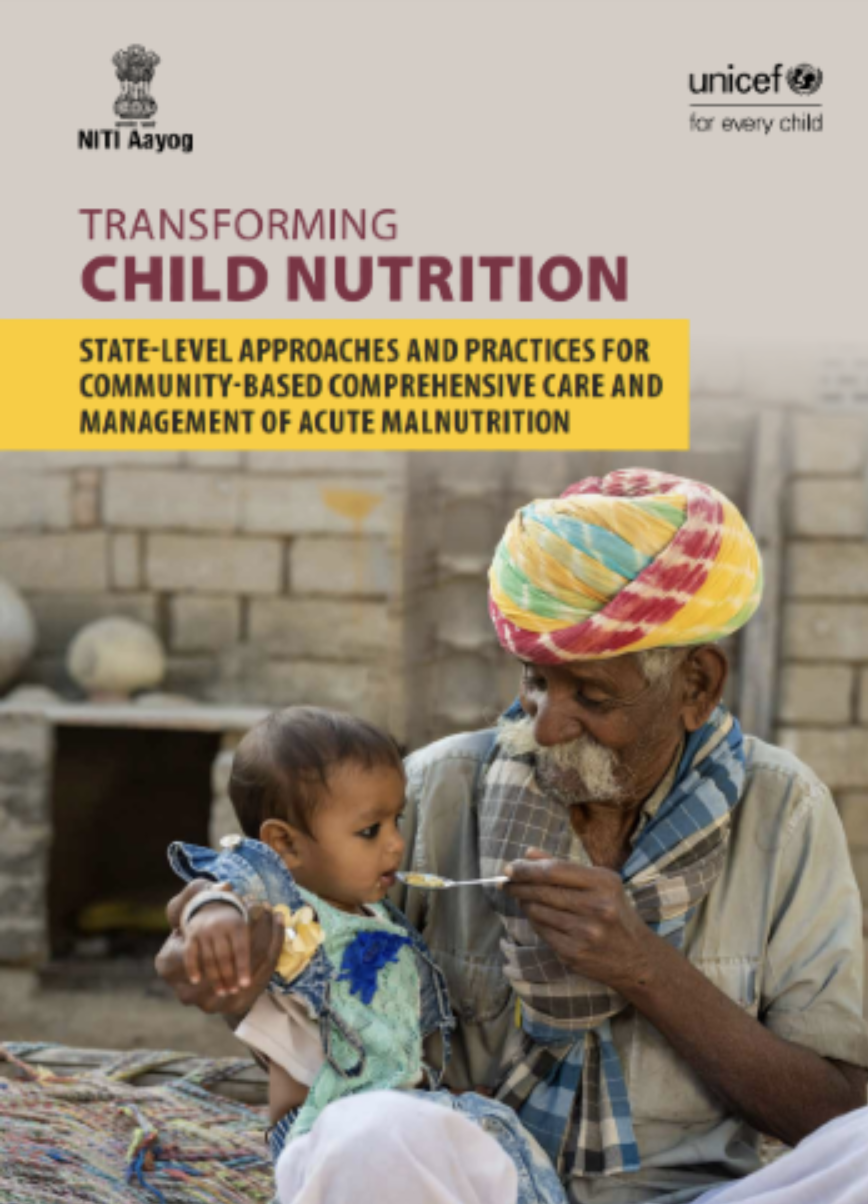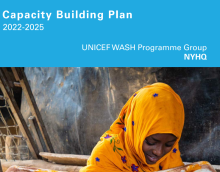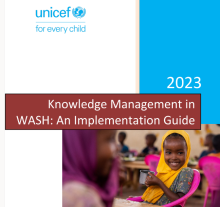Poshan Weekly: State experiences on community- based management of malnutrition among children in India

Adequate nutrition and care during early childhood is essential towards ensuring that every child grows and develops holistically. Therefore, it becomes critical to strengthen the coverage, continuity, intensity, and quality of evidence based high impact nutrition interventions across the continuum of care (from facility to community- based) especially during the critical ‘first 1000 days’ of a child’s life.
As a nutrition priority, the Government of India is continuously making strides in reducing all forms of malnutrition including severe acute malnutrition (SAM) among children. Community-based management of acute malnutrition (CMAM) is one of the effective interventions in addressing the issue of SAM among children. Akin to this fact, in India, the Ministry of Women and Child Development (MWCD) identified treatment of SAM/moderate acute malnutrition (MAM) as a key priority under POSHAN 2.0. Further, the MWCD also released the ‘Protocol for the management of malnutrition in children at the community level.’ These guidelines encourage states to implement community-based approaches for the prevention, identification, and care of acute malnutrition among children.
Through this issue of Poshan Weekly, we share a thematic compendium document summarizing different approaches/practices adopted by different states and key learnings regarding the program's thematic areas. These programs focus on strengthening growth monitoring and promotion to prevent and identify children with MAM and SAM and link them with facility and community-based care implemented by functionaries of Department of Women and Child Development (DWCD) and the Department of Health and Family Welfare (DHFW).
These stories from the states are truly inspiring and offer fertile ground for others to learn critical lessons and good practices from the experiences of different states. We hope that these resources act as the fuel needed to go the extra mile in caring for our children– beginning right in their homes and communities!




